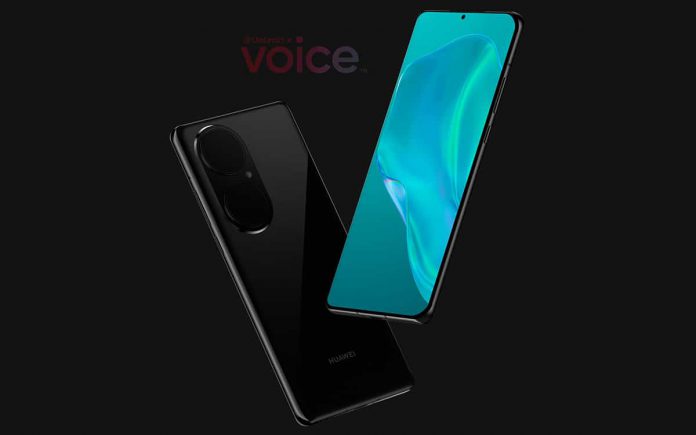The Huawei P50s continue to reveal themselves. A few weeks before the presentation, a leak from China evokes the arrival of a new SoC, the Kirin 9000L. Engraved by Samsung in 5nm, the chipset succeeds the powerful Kirin 9000 and Kirin 9000E.
Last year, Huawei lifted the lid on the Kirin 9000, an ARM chipset engraved in 5nm by TSMC. The Chinese group used the chip on the Mate 40 range. Shortly thereafter, the manufacturer announced the Kirin 9000E, a version of the SoC doped for artificial intelligence thanks to a powerful NPU (Neural Processing Unit).
According to information that appeared on Sina Weibo, the Chinese social network, and relayed by our colleagues at Huawei Central, Huawei is preparing to launch a third version of the Kirin 9000, the Kirin 9000L. The component would benefit from a huge NPU similar to that of the Kirin 9000E.
On the same subject: Huawei P50 – a 360 video unveils the next flagship from all angles
Samsung to produce SoC Kirin 9000L for Huawei despite sanctions
According to the leak, the Kirin 9000L climbs to a frequency of 2.86Ghz and carries a Mali-G78 ARM GPU. This chipset would be engraved by Samsung’s factories. Deprived of TSMC, and much of its traditional suppliers since September 2021, Huawei has reportedly turned to the South Korean giant. Note that Samsung is also affected by U.S. sanctions against Huawei. In theory, the group is not allowed to trade with its Chinese rival. Nevertheless, it is not impossible that Samsung has managed to obtain a waiver from the US government.
According to Huawei Central, the manufacturer is expected to use the Kirin 9000L as part of the P50, its next line of premium smartphones. The latest news is that Huawei will be available in three models: a standard P50, a P50 Pro and an ultra-premium P50 Pro. Given its more limited performance, the Kirin 9000L could be reserved for the most affordable version. The manufacturer is expected to unveil the P50s as early as April 17, 2021 at a conference in China. We’ll tell you more as soon as possible. While you’re waiting for more information, please comment in the comments below.
Source: Huawei Central









